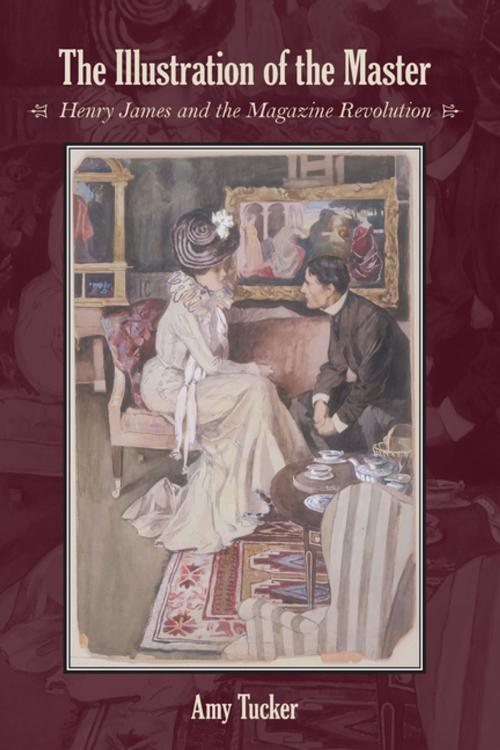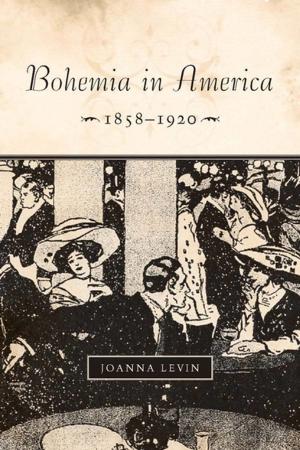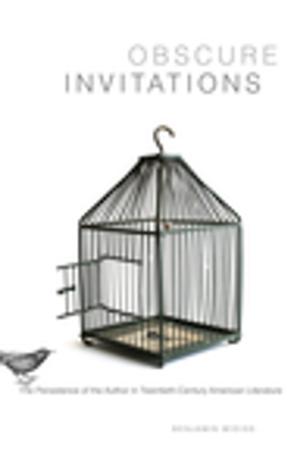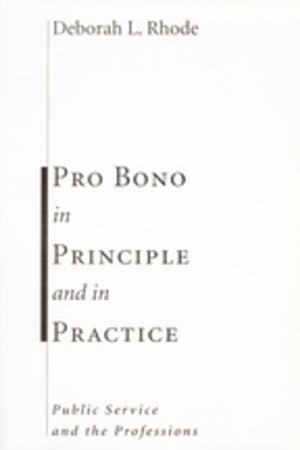The Illustration of the Master
Henry James and the Magazine Revolution
Fiction & Literature, Literary Theory & Criticism, American| Author: | Amy Tucker | ISBN: | 9780804776233 |
| Publisher: | Stanford University Press | Publication: | May 26, 2010 |
| Imprint: | Stanford University Press | Language: | English |
| Author: | Amy Tucker |
| ISBN: | 9780804776233 |
| Publisher: | Stanford University Press |
| Publication: | May 26, 2010 |
| Imprint: | Stanford University Press |
| Language: | English |
The Illustration of the Master examines the crucial role of the illustrated press in the formation of the reading public and the writing profession during Henry James's lifetime. The book re-examines James's stories, criticism, and travel essays in light of the explosive growth of the magazine industry in the United States and abroad at the turn of the century. Using previously unpublished archival sources, Amy Tucker delves into James's negotiations with publishers, editors, and literary agents, as well as his interactions with some of the celebrated artists who were assigned to illustrate his work. Reproducing more than 120 illustrations, advertisements, and other images that accompanied James's work, this book reveals the vital interplay of word and image that helped define literary culture at a moment when "popular entertainment" and "high art" had not yet gone their separate ways.
The Illustration of the Master examines the crucial role of the illustrated press in the formation of the reading public and the writing profession during Henry James's lifetime. The book re-examines James's stories, criticism, and travel essays in light of the explosive growth of the magazine industry in the United States and abroad at the turn of the century. Using previously unpublished archival sources, Amy Tucker delves into James's negotiations with publishers, editors, and literary agents, as well as his interactions with some of the celebrated artists who were assigned to illustrate his work. Reproducing more than 120 illustrations, advertisements, and other images that accompanied James's work, this book reveals the vital interplay of word and image that helped define literary culture at a moment when "popular entertainment" and "high art" had not yet gone their separate ways.















